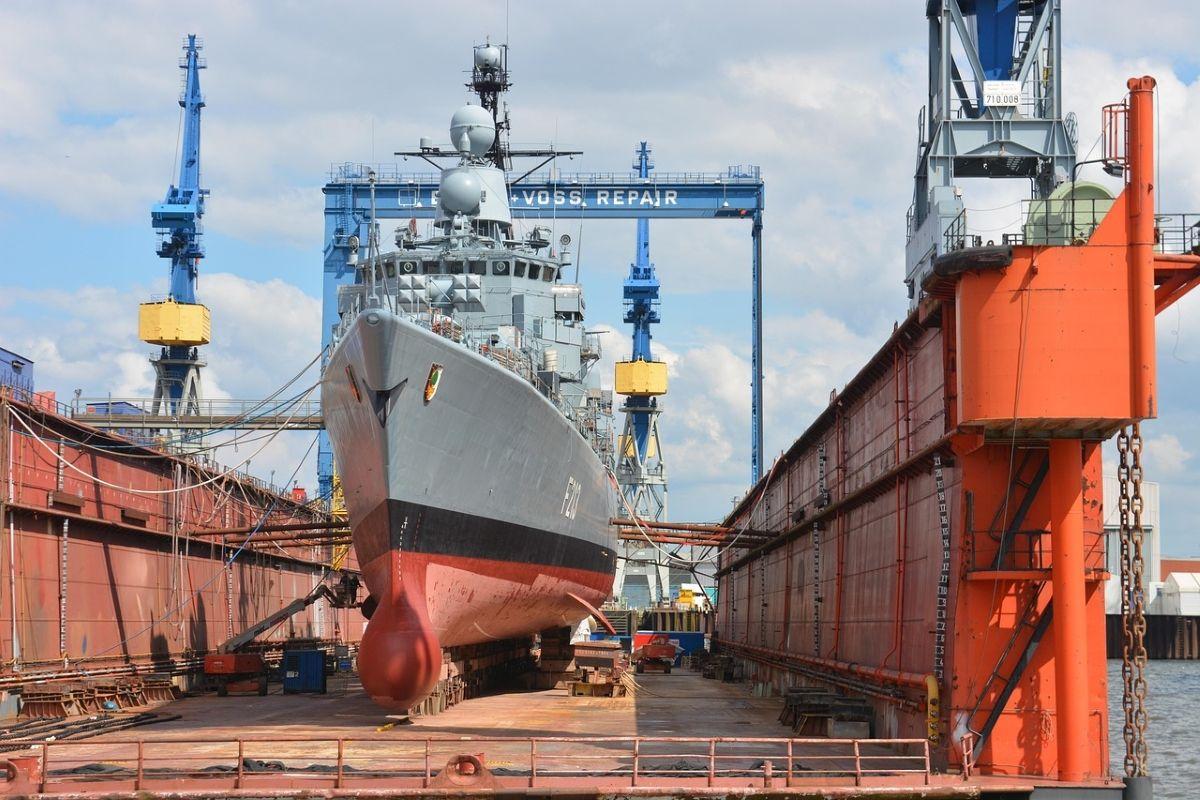US–South Korea Deal Unveils $350B Pledge, Shipbuilding Push
By Tredu.com • 11/14/2025
Tredu

What is in the package
Officials outlined a $350B trade deal that pairs tariff relief with large-scale investment and joint industrial projects. A centerpiece is $150B earmarked for U.S. shipbuilding, alongside additional capital for strategic industries such as AI and nuclear energy. The fact sheet and allied briefings describe a framework to steer funds toward projects designated by Washington in consultation with Seoul, with disbursements staged to protect financial stability.
Tariffs, timing, and structure
As part of the agreement, U.S. import duties on South Korean goods move to 15% from 25%, improving price competitiveness for Korean exporters supplying U.S. markets. South Korean authorities said the broader $350 billion commitment will include cash installments that do not exceed $20B per year, a pacing tactic aimed at limiting currency strain while projects ramp.
Shipbuilding push and industrial logic
The shipbuilding push reflects both commercial and security aims. U.S. policymakers want more domestic commercial hulls and a stronger maritime industrial base, while Korean yards bring scale, process know-how, and supplier relationships. A dedicated working group will coordinate site choices, supply chains, and workforce needs, with expectations that U.S. yards owned or co-owned by Korean groups will anchor delivery schedules over several years.
Nuclear-powered submarines and energy ties
The two governments also agreed to move forward on nuclear-powered submarines, a sensitive capability that depends on fuel access, industrial protection, and allied technology sharing. Seoul says the pact includes support for expanding authority around enrichment and spent-fuel reprocessing under U.S. oversight. That nuclear track complements a broader energy portfolio that spans civil nuclear projects and grid support for energy-intensive manufacturing.
Governance, approvals, and guardrails
Implementation will proceed under a memorandum of understanding that sets out program governance and review checkpoints. South Korean officials have previously described the package as a mix of loans, guarantees, and co-investment rather than pure equity, designed to deliver contracted cash flows while limiting downside exposure to single assets. U.S. agencies are expected to sequence project announcements to match permitting and power-access realities.
Strategic motives on both sides
For the United States, the deal is an industrial policy tool. It aims to rebuild capacity in strategic sectors, raise maritime throughput, and secure supply for defense platforms and energy systems. For South Korea, it is market access plus influence, pairing tariff relief with participation in U.S. industry expansion, while reinforcing its role as a trusted technology ally. The US–South Korea trade deal language also signals alignment on standards for AI, nuclear safety, and dual-use supply chains.
How money could flow
Officials cite staged disbursements, procurement backstops, and milestone-based draws. In practice, that means early funds for land, interconnects, and tooling, followed by financing tied to signed tenants or defense orders. The $150B shipbuilding slice is likely to be phased through yard upgrades, block fabrication, and long-lead equipment purchases, with capacity reserved for both commercial and military work.
Execution risks to watch
Power access, permitting timelines, and workforce depth will decide how quickly projects move from announcement to output. Currency swings could complicate cross-border cost plans. On the defense side, nuclear-submarine milestones carry high compliance requirements and political scrutiny. If supply chain bottlenecks reappear in steel, high-pressure systems, or advanced controls, schedules could slip and budgets could tighten.
Market and industry read-through
Shipbuilders, steel fabricators, reactor vendors, advanced manufacturers, and port operators stand to benefit as purchase orders flow. Logistics networks around Gulf, Mid-Atlantic, and Pacific hubs may see incremental demand for heavy lift, while training pipelines expand for welders, pipefitters, and nuclear technicians. For capital markets, the arrival of multi-year, contracted projects can support project-finance issuance and create scope for joint ventures between U.S. primes and Korean champions.
Regional and geopolitical context
The package lands amid trade friction with China and efforts to diversify industrial footprints across allied economies. By hard-wiring investment into U.S. yards and strategic plants, Washington and Seoul seek to reduce exposure to contested chokepoints and to secure replenishment capacity for civilian and defense fleets. The industrial tilt also reinforces broader alliance messaging on deterrence and shared prosperity.
Words that define the day
In official and media shorthand, this is a US–South Korea $350B trade deal with a headline shipbuilding push. Those phrases capture the scale, the sector emphasis, and the policy intent in a single frame, while the detailed annexes point to multi-year delivery and strict compliance checkpoints.
Bottom line
The US–South Korea deal sets a $350B investment envelope, cuts tariffs to 15%, and elevates industrial and nuclear cooperation. If governance holds and projects secure power, permits, and skilled labor, the shipbuilding push can become a durable growth engine for both economies; if not, timelines will stretch and the benefits will arrive more slowly.

How to Trade Like a Pro
Unlock the secrets of professional trading with our comprehensive guide. Discover proven strategies, risk management techniques, and market insights that will help you navigate the financial markets confidently and successfully.


